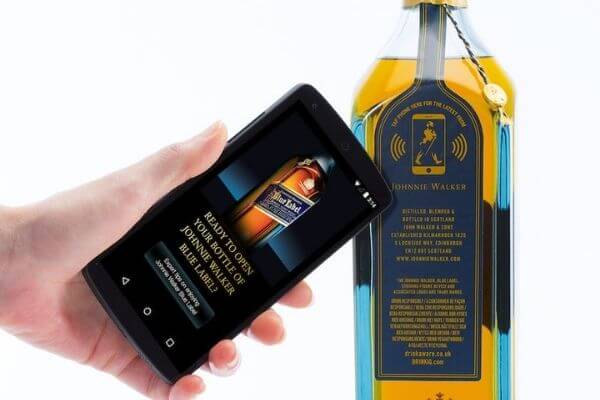According to the preliminary results of FINAT’s latest Radar report, after two years of modest growth (annual demand growth of 1.5% in 2018 and 2019) , the Covid-19 pandemic has greatly increased the demand for self-adhesive label materials in Europe in the first half of 2020.
In the wider European Economic Area, consumption of labelling materials was more than 8% higher than in the same period last year. In the second quarter alone, demand for thin-film-based label materials exceeded the second quarter of 2019 by nearly 25 per cent.
Demand for labeling materials grew to nearly 320 million square meters in the first quarter of 2020. More than half (53%) of them are thin-film-based label materials. The areas most affected by the outbreak, such as the UK, Ireland and Southern Europe, lag behind the rest of the world but still show significant growth.
Overall demand grew too quickly in the first month because of the key role of self-adhesive labels as enablers of critical infrastructure in times of crisis: food, health care, personal care, health products and supply chain logistics. This impact is compounded by the inventory of retailers and brand owners, and the decision of blocked households to spend their spare time on home repairs and home delivery of goods and services. Finally, with the lifting of the blockade measures, self-adhesive products as a sign of social distance plays an important role.
On the other hand, label demand in non essential sectors such as cars, electronics, travel and catering was affected in the first half of 2020. The first two segments also happened to show negative growth in 2019 compared with the previous year.
“until now, 2020 has been a story of fame and famine for our industry, ” said Chris Ellison, Finat’s president. “Some parts of the industry have had a hard time coping with excessive demand pressures, while others have had to adjust quickly to the sharp decline in demand in their sectors. ”
According to the report, labelling companies tend to defer investment in heavy equipment to 2021 and show tensions at the business level, on the one hand having to deal with excessive demand for labels and customers delaying payments, on the other hand, the disruption in the supply of raw materials and the shortage of staff resulting from the Covid-19 restrictions were also addressed.
Since the outbreak, Finat has maintained online contact with its members through regular briefings, providing updates on local and European blockades, reporting on actions taken by companies in the packaging industry and providing a platform for members, keep them in touch, share experiences, and provide support in dealing with crises.
“Our industry has stood the test of pressure, ” said Ralf Drache, a FINAT board member and Herma’s marketing director, in a July 21 update. Label companies have shown flexibility, resilience and agility in a basic market that has overheated over the past few months. Our industry’s innate ability to respond quickly to destructive environments has proven its role as a reliable partner, opening new opportunities for more open and cooperative relationships in the supply chain.”
“The last name of the crisis is fear, ” added Finat, Finat vice-president and chief executive of IPE labels and mark sets. “So we have to analyse where the opportunities are and manage the risks. These are not so much in the repair, but rather in the innovation function. Innovation can also be about the services we provide or the way we organize. The future requires us as an organization to be more flexible in planning and forecasting with customers and the supply chain. The crisis has demonstrated the importance of working together to solve problems and the power of associations as a source of networks.”
“innovation is the lifeblood of the industry, ” ADDS David Ellen, Tlmi board member and president of Domino digital printing. While the outbreak has raised fears, it is also driving further innovation and change. First, the tracking and tracing of human contamination during medical crises will create a huge push at the product level for tracking and traceability, not only for food safety, but also for medical drugs. It will further accelerate the trend towards greater flexibility, fewer prints and rapid change. As we see now, in this virtual meeting, the crisis will also fundamentally change the way we interact with our customers, such as online presentations.”
“perhaps the change will not be as drastic as we now assume. As a business, our KPIS will remain the same, and we still need to balance short-term and long-term opportunities and risks, ” adds Chris Ellis. “I do foresee a big change in the people in our business. First, it’s all about health and safety now. If we’re talking about resetting our industry, it’s about embedding a culture of change in the way we educate our people, our customers, and our suppliers. Finally, the success of a business depends to a large extent on the way we communicate internally and externally. If this crisis has taught us anything, it is about the mutuality of our common interests.”
.png)
